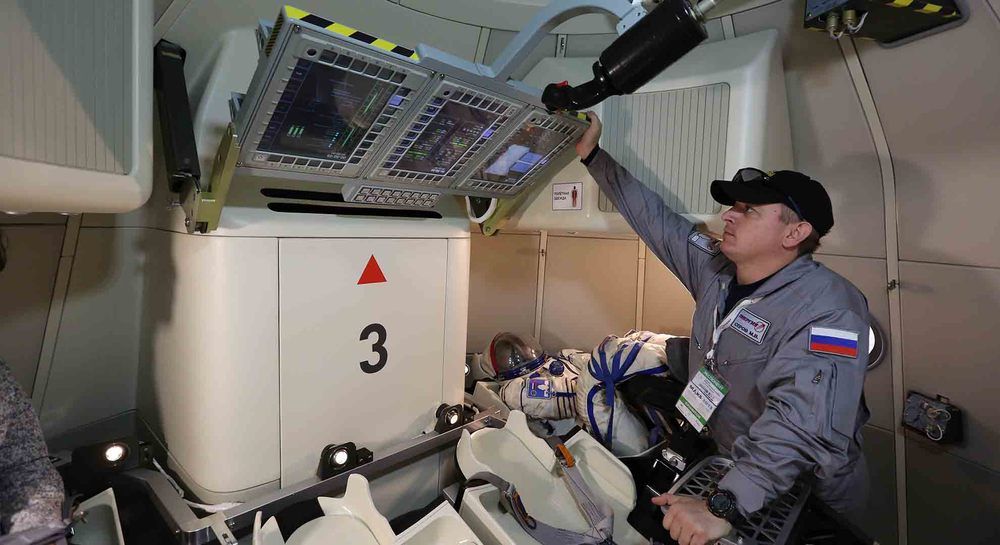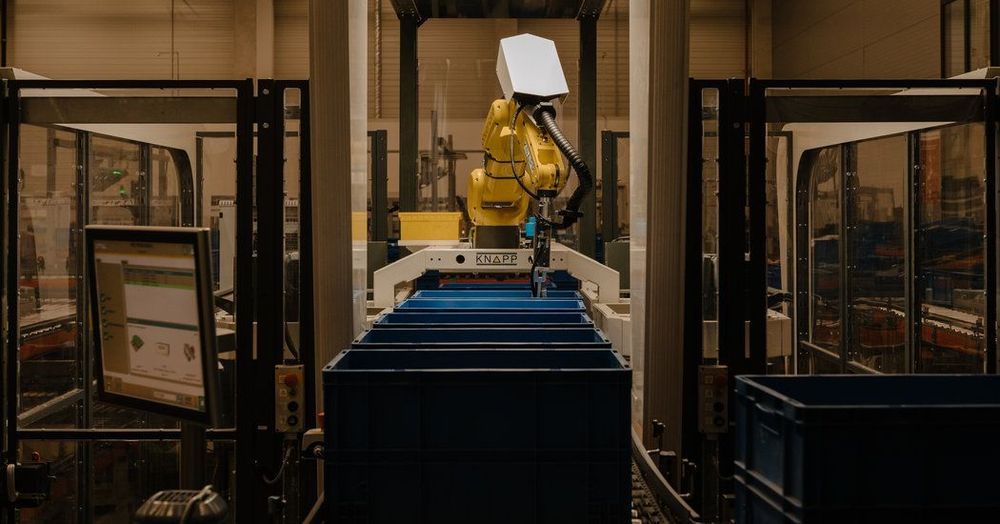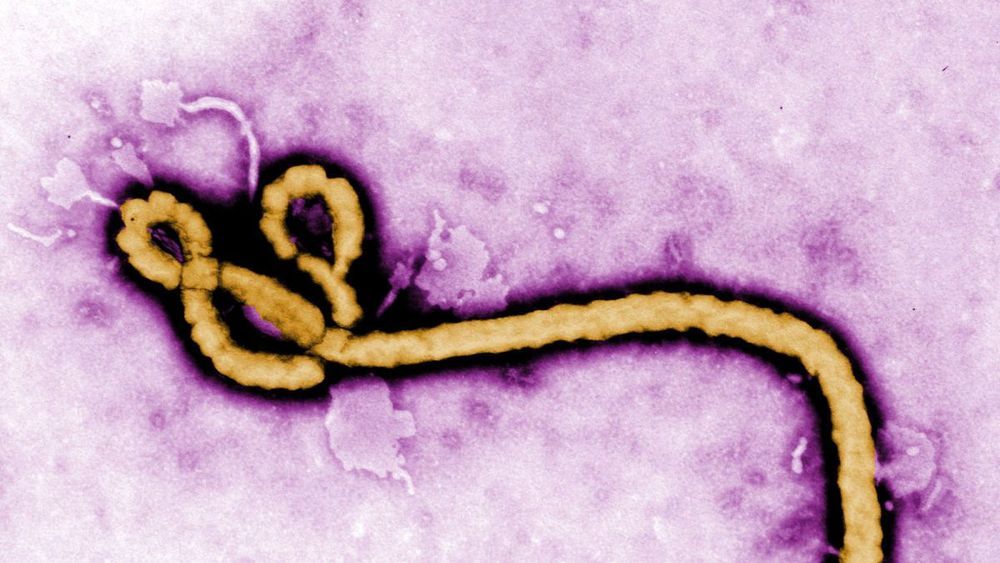Circa 2019 o.o
Deepfakes exist not only for photos and videos but for audio too. AI can be used to clone people’s voices, and this AI clone of podcaster Joe Rogan created by startup Dessa is the most convincing we’ve ever heard.
Circa 2019 o.o
Deepfakes exist not only for photos and videos but for audio too. AI can be used to clone people’s voices, and this AI clone of podcaster Joe Rogan created by startup Dessa is the most convincing we’ve ever heard.

Every year, Americans spend something like $35 billion on vitamins, minerals, botanicals and various other substances that are touted as health-giving but mostly do nothing at all. Nothing at all!
Could the entire category really just be a rip-off? I turned to the National Institutes of Health. I spoke with Carol Haggans, a scientific and health communications consultant with the Office of Dietary Supplements, about vitamins and minerals, and to Craig Hopp, deputy director of the National Center for Complementary and Integrative Health, about botanical and other kinds of supplements.
UNEARTHED | The list of those that have well-established benefits is short.

Industrial designer Vladimir Pirojkov was called upon to work on the interior design for a new spacecraft for the Russian Space Agency. Here he talks about the experience.
Can you tell us a little about your background?
My roots are in the transportation industry. I graduated from Art Center College of Design in Switzerland. My first job was as a Citroen interior designer in Paris. After six years I moved to Nice in the south of France to join the Toyota Europe Design Development Centre as senior interior designer. It was a great experience, where many countries and cultures met and learned from each other. We worked on projects for show cars and some for on-the-road production vehicles. In 2007, I returned to Russia to work on the future of the world.






Circa 2016 could cure viruses in no time.
When you get right down to it, developing vaccines is about data and luck. Scientists start with a set of variables—what drugs a virus responds to, how effectively, and for whom—and then it’s a whole lot of trial and error until they stumble upon a cure.
One of the most exciting possibilities in medical research right now is how technology like machine learning could help researchers rapidly process those enormous sets of data, more quickly leading to cures. This is already starting to happen: In a study published Wednesday in the journal Macromolecules, researchers from IBM and Singapore’s Institute of Bioengineering and Nanotechnology reveal a breakthrough that could help prevent deadly virus infections. With the help of IBM super computer Watson, they hope their finding will soon make its way into vaccines.

Not everything is knowable. In a world where it seems like artificial intelligence and machine learning can figure out just about anything, that might seem like heresy – but it’s true.
At least, that’s the case according to a new international study by a team of mathematicians and AI researchers, who discovered that despite the seemingly boundless potential of machine learning, even the cleverest algorithms are nonetheless bound by the constraints of mathematics.
“The advantages of mathematics, however, sometimes come with a cost… in a nutshell… not everything is provable,” the researchers, led by first author and computer scientist Shai Ben-David from the University of Waterloo, write in their paper.